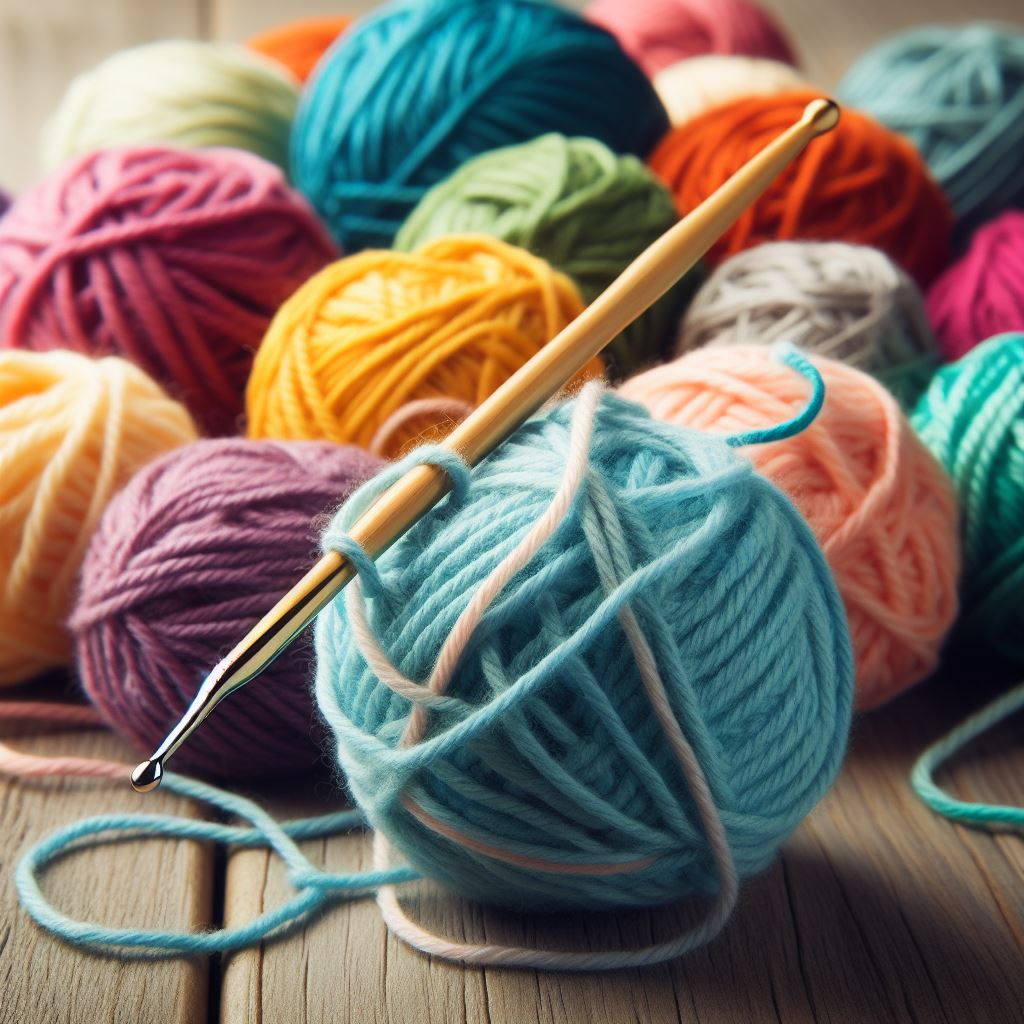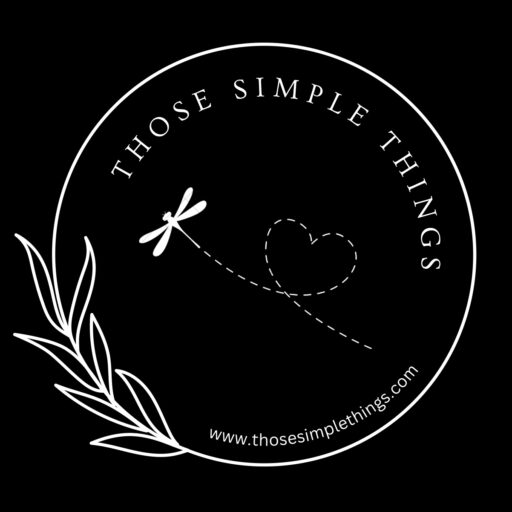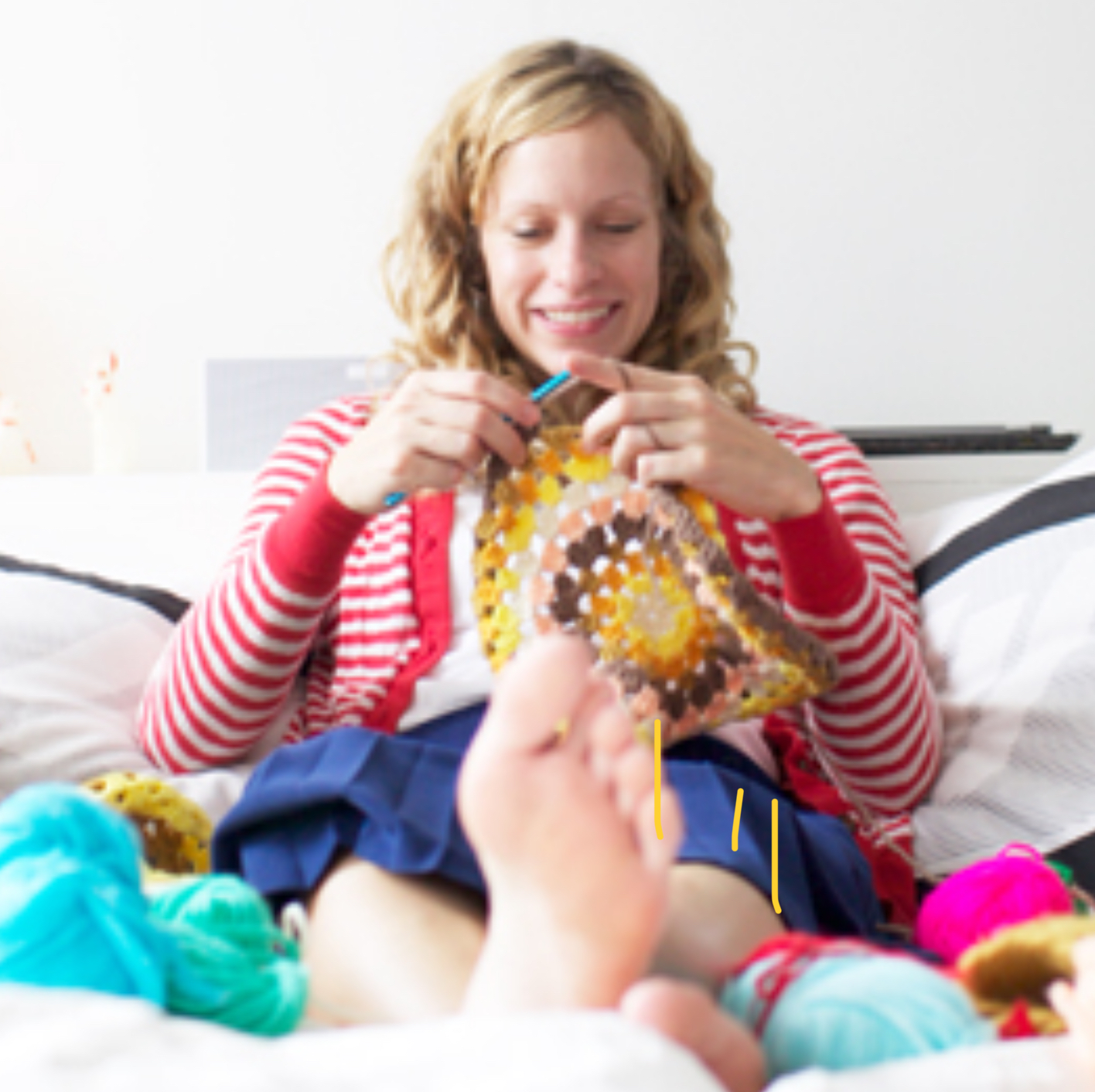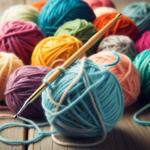
Crochet Basics for Beginners Series
Mastering the Yarn Hold: Getting Snug with Your Yarn
How you hold your yarn affects your tension and achieving the right yarn tension is important for creating even stitches and a uniform fabric. Too tight a tension can lead to stiff fabric and tired hands, while too loose a tension can make your work loopy and uneven. The goal is to find a happy medium where the yarn flows smoothly through your fingers, allowing for speed, efficiency, and comfort.
Everyone’s hands are different, so the way you hold your yarn might vary slightly based on what feels most comfortable for you. Normally you hold your yarn in your non-dominant hand and your hook in the other. There‘s no ‘correct’ way to hold your yarn, do what feels comfortable for you! Here’s a few common ways though to get you going, so have a play and start to discover a way the works best for you.
Things You’ll Need
You’ll need some yarn and a hook, a thicker light coloured yarn and a larger hook are easier to begin with. I’d suggest beginning with:
- Yarn: 8ply – equivalent yarns in other countries could be a DK yarn, light worsted yarn, medium-weight yarn.
- Crochet hook: 5mm (or one close to this size ie 4mm-6mm) – equivalent to a US H/8 – UK6.
Hook, yarn, and link! When you click and buy through our links, you’re not just crafting amazing projects, you’re helping us stitch together more fabulous free crochet content. It doesn’t cost you extra, but it keeps our hooks moving and your patterns plenty!
Step-by-Step Guide to Wrangling Your Yarn like a Pro
The Pinch and Drape Method
This method is easy to master and gives you quick control over yarn tension, beloved for its simplicity and effectiveness, especially for beginners.
- Drape the yarn: Let the yarn loosely drape over the top of your non-dominant hand’s index finger and use your little and ring fingers to hold the working yarn end against your palm, the other end is attached to your hook.
- Pinch to control: Use your thumb and middle finger to gently hold the yarn stitches up near your hook, this helps control the flow and maintain consistent tension.
- Adjust as you go: Loosen or tighten your pinch to adjust the tension and keep moving these fingers as you go to keep them close to your hook.
The Wrap Method
This method is great for those who struggle with achieving consistent stitch sizes:
- Wrap the yarn: Wrap the yarn once or twice around your little finger to create a tension loop.
- Weave it through: Lead the yarn over your ring finger, under your middle finger, and over your index finger.
- Control the tension: Use your fingers to increase or decrease the tension by tightening or loosening the wrap around your fingers.
- Pinch to control: Use your thumb and middle finger to gently hold the yarn stitches up near your hook, this also helps control the flow and maintain consistent tension.
- Adjust as you go: Loosen or tighten your pinch to also help adjust the tension and keep moving these fingers as you go to keep them close to your hook.
Here’s a Quick and Simple Video
Adjusting Tension for Different Crochet Projects
Different projects may require adjustments in yarn tension. For example, amigurumi projects may need tighter tension to avoid holes and gaps, whereas a shawl or blanket might look better with looser tension. Being able to adjust your grip and the way you wrap yarn around your fingers is a useful skill to have.
Tips for Practicing Yarn Tension Control
For beginners, the key to mastering yarn tension comes with practice and patience.
- Practice regularly: The more you crochet, the more natural controlling tension will feel.
- Experiment: Try different yarns and hooks to see what combination works best for you.
- Watch others: Seeing how others manage tension can be incredibly helpful.
- Uneven stitches: Practice maintaining a consistent grip and wrap technique.
- Hand fatigue: Relax your grip, take frequent breaks, and stretch your hands.
- Difficulty with stitches: Adjust how tightly you wrap the yarn around your fingers.
- Ergonomics: Ensure that your hand position is natural and comfortable to avoid strain.
- Frequent breaks: Regular breaks can help prevent repetitive strain injuries.
- Proper tools: Ergonomically designed hooks and accessories can also reduce strain.
By mastering the art of yarn tension, you not only improve the quality of your crochet projects but also enhance your overall crocheting experience. Whether you are a beginner or a seasoned crafter, taking the time to learn and practice different yarn tension techniques will serve you well in your crafting journey.
Happy yarn wrangling!
If you would like to learn more, check out all our other posts within the Crochet Basics for Beginners Series:
How to Slip Knot Yarn Onto a Hook
And many many more you can find under our Crochet – Crochet Basics for Beginners Series section






Leave a Reply